Groovy
Getting the Indices of a Collection
@mrhaki shows us a useful collection's property:
we can use the indices property on a Collection to get the indices of the elements in the collection.
Grails
Grails & SOAP
This Grails Guide shows how to consume a SOAP endpoint from a Grails Application.
It shows a real use case. How to consume EU VIES SOAP service. That service allows you validating VAT-identification numbers of economic operators registered in the European Union for cross border transactions on goods or services.
Grails Multi-datasource
Grails 3.3 brings improvements to multi-datasource transaction handling:
In previous versions of Grails for multiple data sources a best effort transaction chain was used to attempt to manage a transaction across all configured data sources.
As of Grails 3.3 this is disabled as impacts performance as for every transaction you have a transaction for each data source bound regardless if that is the actual requirement.
This Grails Guide explores how to work with Multi-Datasources in Grails 3.3.
Gradle
Excluding Tasks for Execution
Imagine your Gradle check task executes unit tests, integration tests, static analysis, and code coverage.
You may want to run just the tests (unit and integration) but not code coverage and analysis. That it is to say, you would like to skip specific Gradle tasks.
@mrhaki shows us how to do it.
In Gradle we can create dependencies between tasks. But we can also exclude certain tasks from those dependencies. We use the command-line option -x or --exclude-task and specify the name of task we don't want to execute. Any dependencies of this task are also excluded from execution.
Architecture
▶ DDD & Microservices: At Last, Some Boundaries!
After revisiting Microservices topic in Issue 98, I have been watching several microservices talks.
@ericevans0, father of Domain-Driven Design, talk at GOTO 2015 is an excellent introduction to DDD concepts and how to apply them to microservices architecture.
▶ Microservices
@martinfowler presentation at GOTO Berlin 2014 attempts to define what a microservice is and when to use the Microservices Architecture.

Welcome to Issue 100 of Groovy Calamari. I started the newsletter on 17th April 2015. In these hundred issues, I have sent you 622 links. All of which I read, attempted to digest and introduced them to you. I have written 57241 words. Writing this newsletter has been an incredible learning tool for me. It forces me to keep a "weekly" routine of reading and curating Groovy ecosystem material.
However, I often struggle to find a Groovy Calamari link which I previously wrote. I know it is in the archive, but it was challenging to find. Google search results land you in individual issues. Same with the previous search.
I have written a web app which provides a better Groovy Calamari archives search:
http://search.groovycalamari.com
For example, let say that you want to learn about the following topics:
Many of you probably remember Delicious, a 2003 social bookmarking web service for storing, sharing, and discovering web bookmarks. Search Groovy Calamari is my personal Delicious for the Groovy Ecosystem.
Sergio del Amo